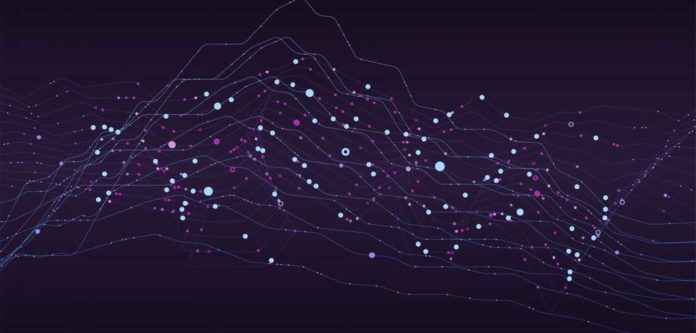Scalable quantum technologies such as quantum computers will require vast numbers of quantum devices to be characterized and tuned. As the number of devices on the chip increases, this task becomes even more time-consuming.
Now, scientists present measurements on a quantum dot device performed by a machine learning algorithm in real time. Developed by the University of Oxford, in collaboration with the University of Basel and Lancaster University, the algorithm can accelerate the time-consuming process with the help of machine learning.
This is the first time scientists have applied machine learning to perform productive estimations in Gallium Arsenide quantum dots. Thus, it allows the characterization of vast arrays of quantum devices in real time.
Semiconductor quantum devices hold great promise for scalable quantum computation. In particular, individual electron spins in quantum dot devices have already shown long spin coherence times with respect to typical gate operation times, high fidelities, all-electrical control, and good prospects for scalability and integration with classical electronics.
Their spins can be determined reliably and switched quickly, with researchers keeping the electrons under control by applying voltages to the various nanostructures within the trap. For each quantum dot, the applied voltages must be tuned carefully to achieve the optimum conditions. However, when it comes to several quantum dots- combined to scale in the device up to a large number of qubits- this tuning process becomes enormously time-consuming.
This breakthrough algorithm will automate the process by diminishing the estimating time and the number of measurements in comparison to conventional data acquisition.
Dr. Natalia Ares from the University of Oxford’s Department of Materials said, “We have trained the machine with data on the current flowing through the quantum dot at different voltages. Like facial recognition technology, the software gradually learns where further measurements are needed to achieve the maximum information gain. The system then performs these measurements and repeats the process until effective characterization is achieved according to predefined criteria, and the quantum dot can be used as a qubit.”
Professor Dr. Dominik Zumbühl from the University of Basel said: “The next step at our laboratory is now to apply the software to semiconductor quantum dots made of other materials that are better suited to the development of a quantum computer.”
“With this work, we’ve made a key contribution that will pave the way for large-scale qubit architectures.”
The study is published in npj Quantum Information.
